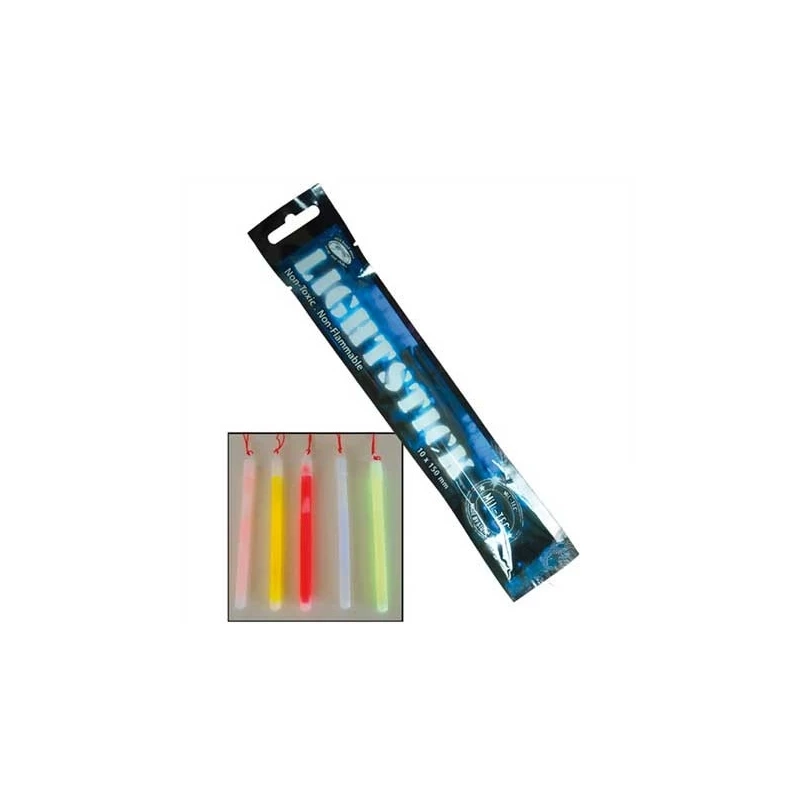Lightstick
Lightstick je chemické světlo, které vydává světlo bez použití elektřiny. Je to tyčinka, která se aktivuje zlomením nebo ohnutím, což způsobí chemickou reakci mezi dvěma nebo více složkami uvnitř. Tento typ světla je oblíbený pro různé účely včetně nouzového osvětlení, zábavy, vojenských operací, potápění a venkovních aktivit.
Lightsticky byly vyvinuty v 60. letech 20. století jako prostředek nouzového osvětlení. První patent na chemické světlo byl podán v roce 1965, přičemž různé společnosti a jednotlivci přispěli k vývoji a zdokonalení technologie. Významně přispěli vědci jako Edwin A. Chandross a další v Bellových laboratořích. V 70. letech se lightsticky začaly komerčně vyrábět a rychle získaly popularitu díky své spolehlivosti a jednoduchosti použití.
Dnes jsou lightsticky dostupné v různých barvách a velikostech. Moderní vývoj zahrnuje delší výdrž světla a speciální varianty jako jsou vodotěsné nebo podvodní lightsticky pro potápěče.
Jak funguje
Lightstick funguje na principu chemiluminiscence, což je proces, při kterém chemická reakce produkuje světlo. Uvnitř lightsticku jsou dvě kapaliny oddělené plastovou stěnou. Když se tyčinka ohne, plastová stěna se zlomí a obě kapaliny se smíchají, což vyvolá chemickou reakci a vznikne světlo. Typická reakce zahrnuje ester oxalátu a peroxid vodíku, které při reakci s barvivem produkují světlo.
Výhody:
Nezávislost na elektřině
Spolehlivost a jednoduchost použití
Vysoká odolnost vůči vodě a extrémním podmínkám
Dlouhá doba skladování
Nevýhody:
Jednorázové použití
Omezená intenzita světla
Omezená doba svícení (obvykle několik hodin)
Některé chemikálie mohou být škodlivé při nesprávné manipulaci
Powered by Froala Editor
